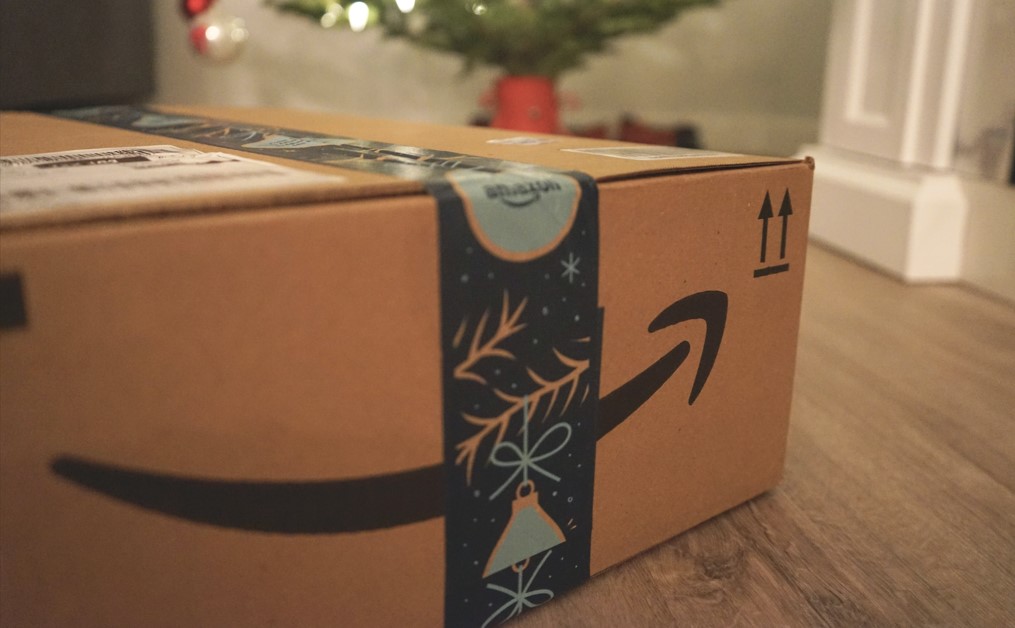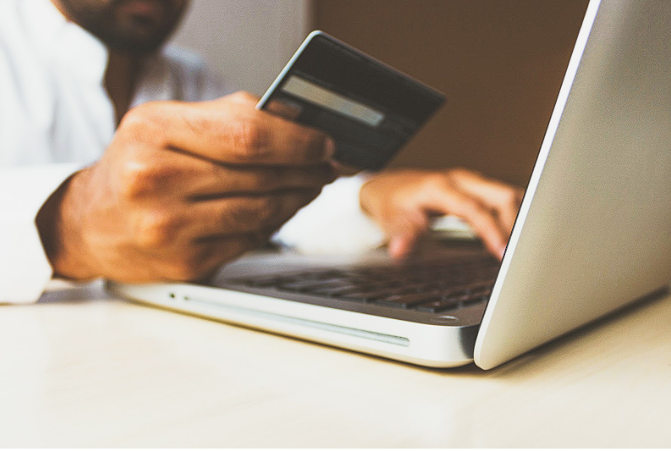
The world of e-commerce is teeming with opportunities, and achieving success comes down to how effectively you can guide your potential customers on their buying journey. As an Amazon seller, understanding this journey and using the right Amazon business strategies are especially critical. We often represent this journey as a sales funnel: a concept that illustrates how potential customers become confirmed buyers.
While our Amazon marketing guide gives a broad overview of marketing for Amazon, this article delves into the nuances of creating a robust and efficient sales funnel. Whether you’re new to the Amazon marketplace or an established seller looking to increase your sales, this guide will help you understand how to effectively funnel potential customers, convert their interest into sales, and foster long-term customer relationships.
Table of Contents
What is a Sales Funnel?
A sales funnel, also known as a purchase funnel or customer funnel, is a model that illustrates the theoretical customer journey from the first interaction with a product or service to making a purchase. It’s called a “funnel” because it mimics the shape of a funnel, starting broad (multiple potential customers) and narrowing down (fewer actual purchases).
The typical stages in a sales funnel include:
- Awareness: This is the stage where potential customers first learn about your business, products, or services. Companies typically achieve this via advertising campaigns, social media, or word-of-mouth.
- Interest: Once customers are aware of you, they enter the interest stage, where they start researching or learning more about your product or service. They might follow your brand on social media, subscribe to your email list, or visit your website.
- Decision: After gaining interest, the potential customer starts considering whether they should purchase the product or engage with the service. This is when they might start comparing your offering with those of your competitors.
- Action: This is where the customer finally makes the purchase. They submit an order and complete the transaction.
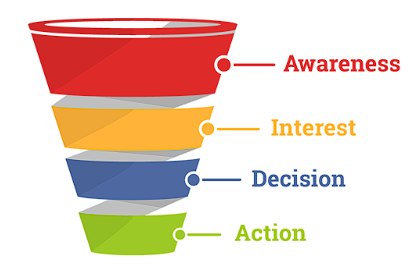
It’s important to keep in mind, though, not every customer will go through all these stages sequentially. The journey could vary based on the individual and the type of product or service in question.
What is an Amazon Sales Funnel?
An Amazon sales funnel refers to the customer journey within Amazon’s online shopping platform, from discovering a product to making a purchase. Amazon hosts a variety of products and sellers, making it vital for sellers to take the wheel and effectively guide potential customers.
Like any other sales funnel, the goal of an Amazon sales funnel is to attract potential customers, convert them into actual buyers, and ultimately cultivate a base of loyal, repeat customers. By optimizing each stage of the funnel, sellers can maximize their success and increase Amazon sales on the platform.
Amazon Marketing Funnel vs Amazon Sales Funnel
People often use the terms “marketing funnel” and “sales funnel” interchangeably, but they actually refer to different processes. In the context of Amazon, the difference between these two funnels largely lies in their scope and focus.
- Amazon Marketing Funnel: A marketing funnel for Amazon sellers largely focuses on attracting and nurturing leads at the top and middle of the funnel. This funnel includes strategies like optimizing product listings (SEO), running Amazon PPC campaigns, leveraging email marketing, and utilizing social media promotion. It revolves around generating awareness, sparking interest, stimulating desire, and encouraging customers to take action (purchasing the product) while building a relationship with potential customers.
- Amazon Sales Funnel: On the other hand, the Amazon sales funnel is specifically concerned with the process of turning a potential customer (lead) into a buyer. It starts where the marketing funnel ends. The stages of the sales funnel include product discovery, interest and evaluation, decision, purchase, and post-purchase engagement. It involves optimizing the product listing, pricing strategy, reviews management, and shipping options to convert potential buyers into confirmed customers, and eventually into repeat customers.
Generally, marketing funnels tend to be broader and involve building awareness and interest in your product or brand. In contrast, the sales funnel is more specific, focusing on converting interest into actual sales and managing the customer relationship post-purchase. Both are crucial for a successful Amazon business.
Stages of an Amazon Sales Funnel
The stages of an Amazon sales funnel closely mirror those of any funnel, but have some differences specific to the Amazon experience.
Awareness
In this stage, customers first discover your product. This could be through Amazon’s search engine, Amazon PPC advertising, external marketing efforts, or customer recommendations.
Enriching your product listings with the right keywords is critical for visibility. But how do you know which keywords to use? Let Sellesta be your secret weapon for Amazon SEO. Simply input your product listing, and Sellesta tells you what keywords to include in your listing based on its 100+ million keyword database.
Consideration/Interest
After discovering your product, prospective customers land on your product listing. Here, they evaluate your offering based on your product photos, descriptions, prices, and customer reviews.
Conversion/Action
Customers decide to buy based on your product’s perceived value against other alternatives. Factors contributing to this decision might include the overall quality, price point, shipping speed, and reputation of your product or brand. They add the product to their cart and complete the transaction.
Loyalty/Engagement
After their purchase, customers may leave reviews, rating your product and their overall experience. As a seller, you might follow-up with emails to ensure customer satisfaction, prompt product reviews, or suggest further products. This stage aims to create a long-term relationship with the customer, leading to repeat purchases and potentially creating brand advocates.
How to Build Your Amazon Sales Funnel
Building an effective Amazon Sales Funnel involves optimizing processes at each stage of the customer journey. Let’s jump into the steps to building your funnel.
1. Start a Flywheel
In engineering, the flywheel is a heavy wheel that stores and disperses energy evenly, allowing an engine to run consistently, and for the vehicle to run smoothly. In marketing and sales, the flywheel concept is the same. It’s a model that represents how businesses attract, engage, and delight customers in a cyclic and self-sustaining way.
Crucially, in the flywheel model, customers sit at the center, and their satisfaction drives momentum. The more effort you put into delighting the customer, the faster your flywheel spins, leading to growth and new customer acquisition. The idea is to use the momentum of your happy customers to drive referrals and repeat sales. This concept challenges businesses to focus on customer service and satisfaction continually, rather than only emphasizing lead generation and acquisition.
Let Sellesta help your flywheel spin! Sellesta’s Market Insights tool provides comprehensive analytics that enables businesses to better understand their competitive landscape. The tool helps you gain a better understanding of customer sentiment, increase your social visibility, and build the positive sentiment of your product.
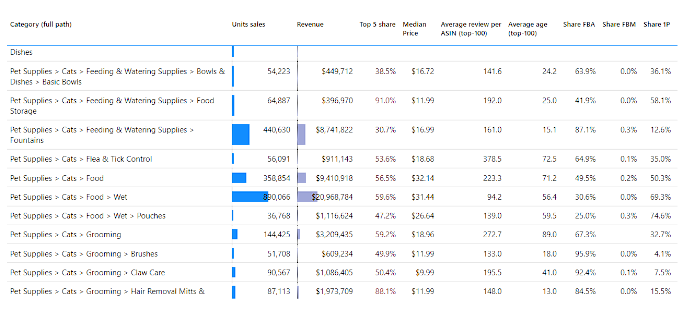
Key Features of Sellesta’s Market Insights tool:
- Competitor Analytics: Offering a 360-degree view of competitor behavior and sentiment across Amazon and social media, providing deep insights into current trends and competition strategies.
- Visibility and Sentiment Analysis: Helps brands boost their visibility, shape opinions, and gain insights into customer sentiments from over 1 million online sources.
- Strategic Topical Planning: With a better understanding of vertical trends, brands can approach topic planning more strategically.
- Custom Filters: Analyze the most relevant mentions by choosing specific themes, audiences, and languages. It also helps in staying updated with the latest industry trends and understanding the strengths and weaknesses of competitors.
- Insight into Amazon Market Dynamics: The tool provides valuable market data such as the fastest growing categories, rising stars, categories to avoid, and when competitors are out of stock.
- Amazon Review Analysis: Aggregating Amazon reviews to offer brand maps, drivers of positive and negative sentiments, and insights into what customers like and dislike about you and your competitors’ products.
Overall, Sellesta’s Market Insights tool is a comprehensive solution that can assist brands in maintaining a competitive edge and identifying opportunities for growth within their market.
2. Optimize Your Product Listings
Product visibility and discoverability are critical in the sales journey. It doesn’t matter if you’ve got the best product, or use the best Amazon apps. If customers don’t know your product exists, they can’t buy it! How do you ensure your products stand apart from the crowd? Optimization.
When we search for a product on Amazon, the search bar acts like an internet search engine, providing us with the best results. The keywords used tell Amazon what category an item fits into, a process known as Amazon indexing. Follow Amazon SEO best practices for proper indexing.
Just as sellers use Amazon automation to simplify processes, Sellesta’s AI software helps you automate your entire optimization process. With the click of a button, we process keyword and competitor research all at once, to provide the most relevant insights to optimize your Amazon listing.
No more keyword lists–just see what edits to make to your product listing and start optimizing!
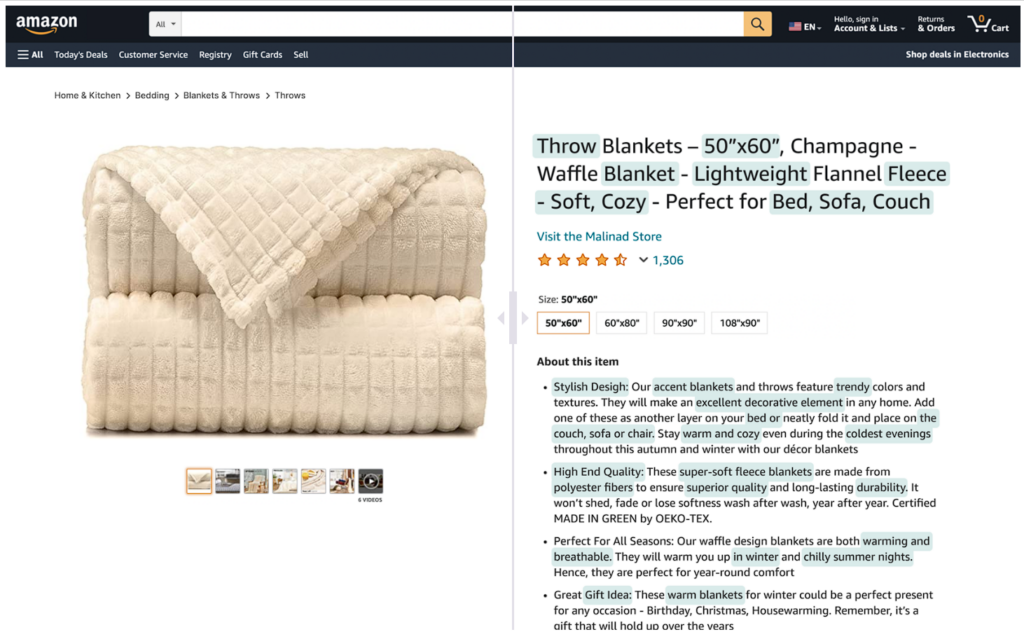
3. Make an Amazon Store
Amazon stores are much like other ecommerce websites, yet it’s hosted on Amazon’s platform. You design your store anyway you like with multiple pages, branding, videos, ad campaigns, banners, and more.
Even better, you sell to your customers without interruptions from competitors and ads, all in one easy-to-find place.
Take these steps to create your Amazon store:
- Join the Amazon Brand Registry Program
- Create Your Store through your Amazon Seller Central account
- Add Your Brand Name and Logo
- Choose & Customize an Amazon Store Design
- Add Your Products & Pages
- Publish Your Amazon Store
Creating an Amazon store is free, but you will need to have a professional seller account to join the Brand Registry Program, which incurs a monthly cost.
4. Analyze & Manage Reviews
To understand how customers feel about a specific product, you need to conduct a review analysis. This information is essential for product research, competitive analysis, and to improve the overall customer experience.
With Sellesta’s Marketing Insights tool, gathering and breaking down insights from Amazon reviews and external sources like Instagram, Facebook, and TikTok is effortless. To further improve sales, use Sellesta’s review analysis tool with a sales estimator tool to discover new niches that customers love.
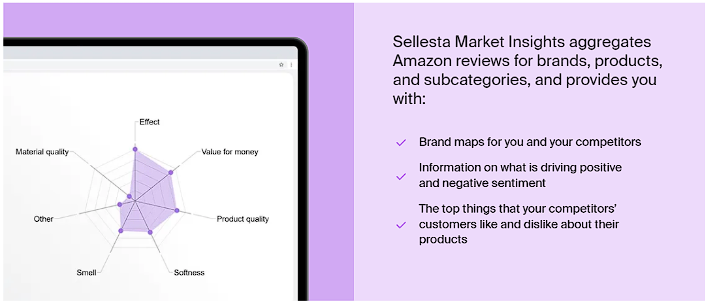
5. Measure Your Sales Funnel Success
Measuring the success of an Amazon sales funnel involves tracking a variety of metrics across each stage of the funnel. Using the stages as a guide, here are some key performance indicators (KPIs) to measure:
- Awareness
- Impressions: The number of times your product listing appears in search results or through sponsored ads can indicate how successfully you’re attracting potential customers.
- Click-Through-Rate (CTR): The percentage of those impressions that result in a click can show the effectiveness of your product listings or advertisements.
- Consideration/Interest
- Page Views: The number of visitors to your product page demonstrates the level of interest your product generates.
- Dwell Time: The time potential customers spend on your product page can indicate the effectiveness of your product description, images, and overall listing.
- Conversion/Action
- Conversion Rate: The percentage of visitors who become buyers. A high conversion rate signifies that your product listing and overall strategy are effective.
- Sales Revenue: The total amount of revenue generated from product sales is a direct measure of your success.
- Loyalty/Engagement
- Customer Reviews and Ratings: Positive feedback and high ratings increase trust and can boost future sales.
- Repeat Purchases: The number of customers who make repeat purchases shows customer loyalty and satisfaction.
- Return Rate: A lower return rate generally indicates product quality and customer satisfaction.
These metrics interconnect, and improvements in one area may positively impact others. By continually tracking and analyzing these crucial KPIs, you can tweak your strategies to maximize the effectiveness of your Amazon sales funnel and overall business performance.
Improve Your Amazon Sales Funnel
In the dynamic landscape of Amazon selling, having a well-defined and optimized sales funnel is crucial. Implementing measures and strategies at each stage of this funnel can notably improve your Amazon business performance.
In this context, Sellesta emerges as an invaluable tool for optimizing your Amazon sales funnel. Enhance visibility, spark interest, facilitate purchase decisions, and promote brand loyalty with Sellesta.
Remember, perpetual optimization based on analysis and improvement is the key to growth in this competitive marketplace. With dedicated effort, strategic use of tools like Sellesta, and a well-crafted Amazon sales funnel, you can maximize your potential on this global platform and achieve sustainable success.
